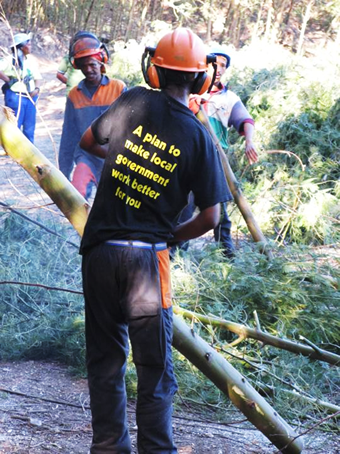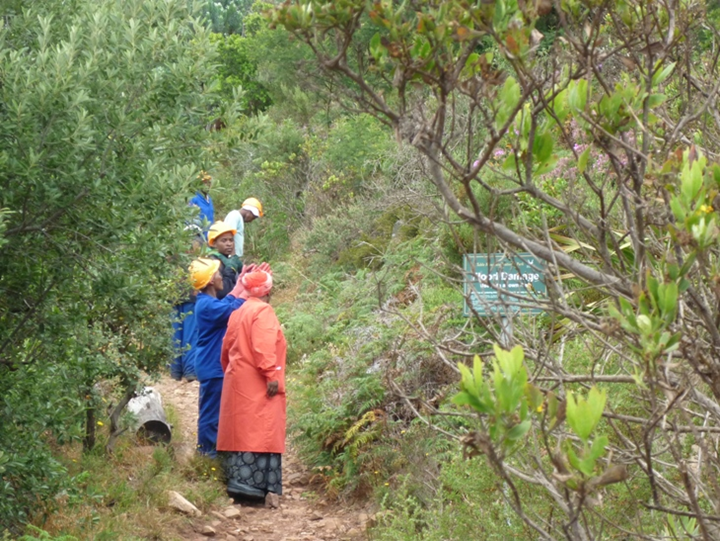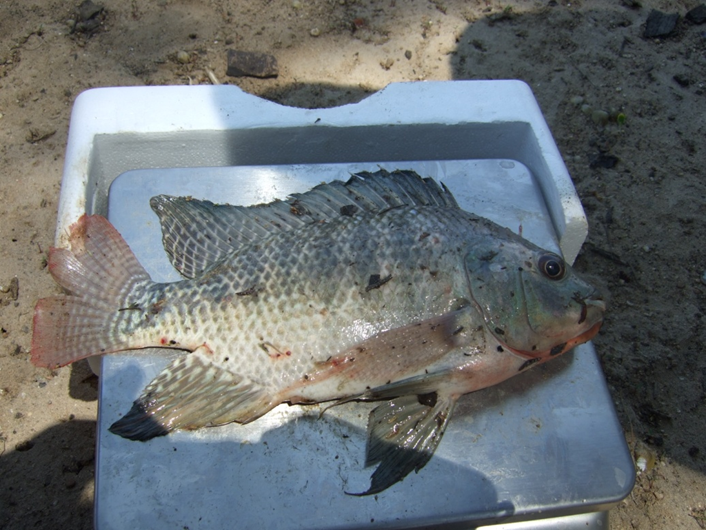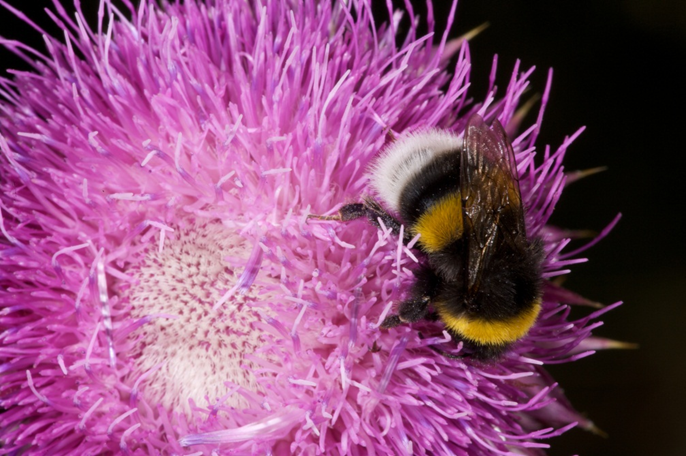The challenges of alleviating poverty through ecological restoration
Public works programs are government job-creation initiatives that use labour to create or restore public infrastructure, for example, roads, hospitals, and in some cases, ecological restoration of degraded land.





